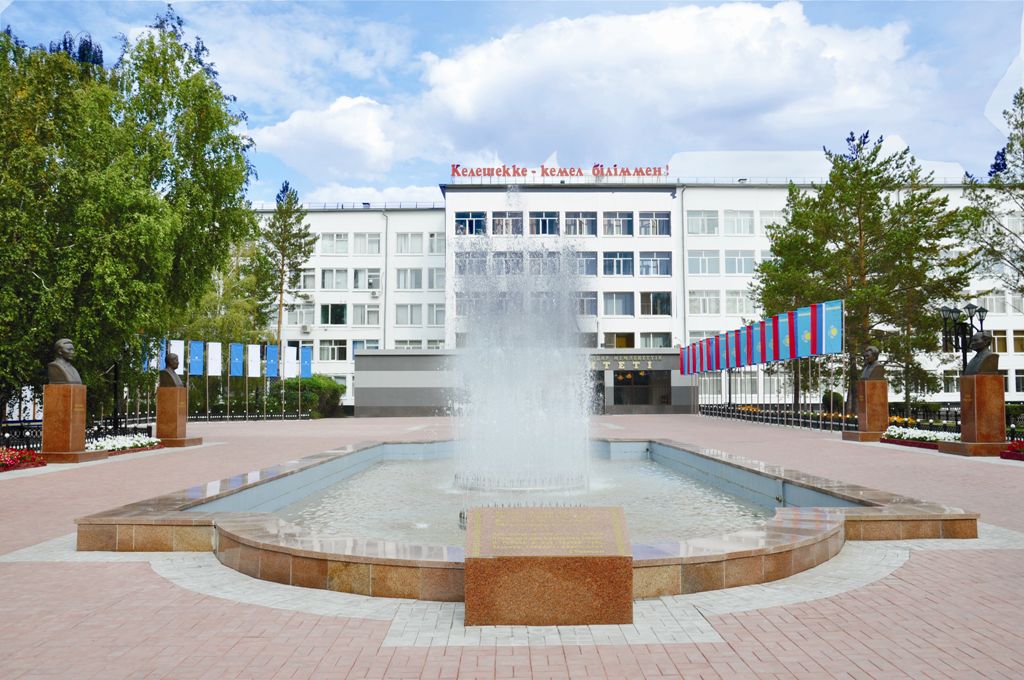The Second Asian Open Togyz-kumalak Championship with participants from 9 countries (Azerbaijan, Kazakhstan, Kyrgyzstan, China, Mongolia, Russia, Turkey, Turkmenistan and Uzbekistan) was held in Pavlodar.

The contest was held in three age categories and three types of competitions: the classic, blitz and rapid. The team of Kazakhstan was the largest. It consisted of 36 participants, 7 of them were from Pavlodar.
The winners at the age group of 19+ were the students of the Faculty of Metallurgy, Machine Building and Transport of S. Toraighyrov PSU Baurzhan Ablaykhanov (KTA-101), who won the silver medal in the classic mode, and Bakhtiyar Bayzhanov (MT-101), who took the third place in the blitz mode.
Togyz-kumalak is a Kazakh board game played by two people. The game is played on a rectangular board with two rows of nine holes (otau). Players take the balls from their holes and put them into the opponent's halls. If the number of balls in the hole of the opponent is even, the player puts these balls in his or her kazan. If the number is odd, the balls remain where they were. The player who took more balls from the opponent's halls is the winner.
Togyz-kumalak is one of the ancient Kazakh national games. It is more than a thousand years old and requires logical thinking and resourcefulness. It develops such positive qualities, as patience and perseverance. The key number in this game is nine which is considered sacred for ancient turks and mongols. In the academic community, this game is often referred to as "algebra for shepherds", as the players have to use all for basic mathematical operations in this game. In order to win, players must not only demonstrate high speed of counting, but also choose the right tactics.






